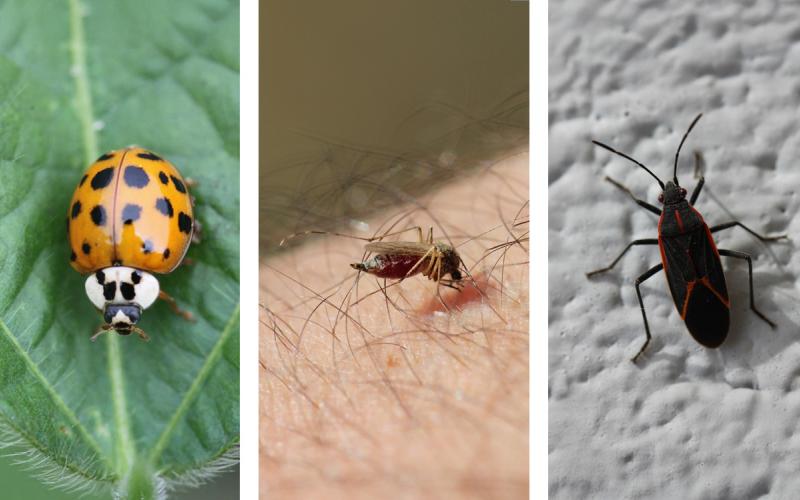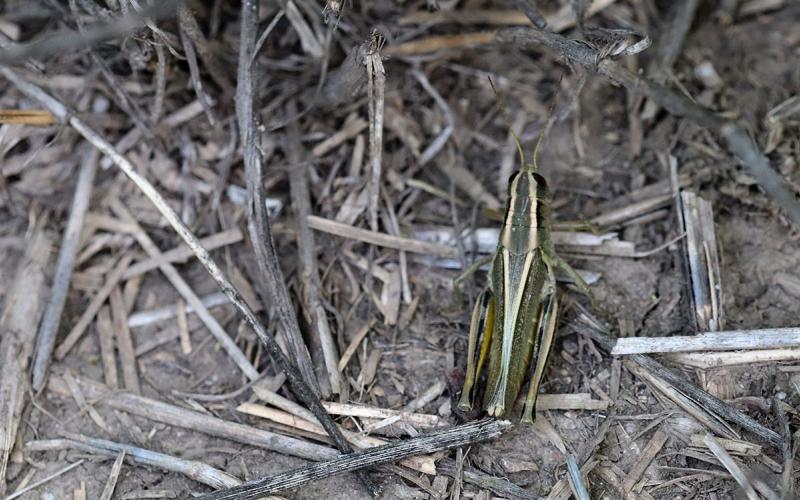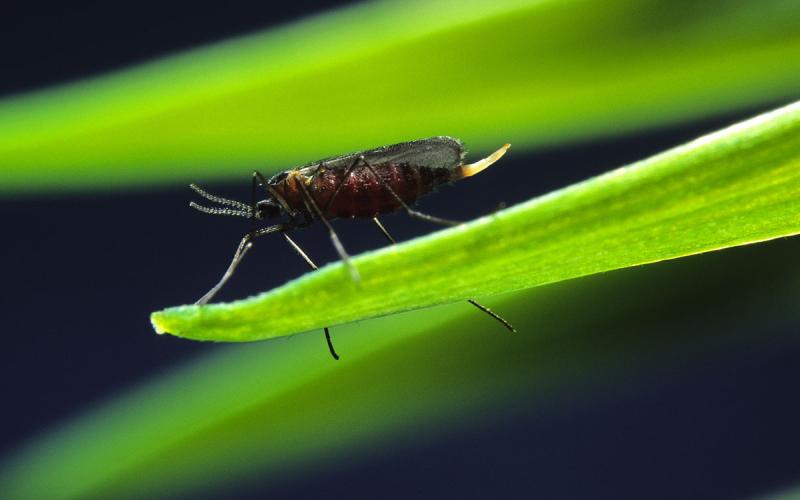
Last week, we published an article about the presence of western bean cutworm moths being very abundant throughout Central and Western South Dakota. However, when talking with an entomologist from a neighboring state, they suggested the moths could also be army cutworm moths. After revisiting the many photographs that were submitted with reports, we realized that most of the moths were actually army cutworm moths with just a few western bean cutworm moths actually being present.
So how did we make just a few correct identifications and be wrong on so many others? The reason behind this is the extreme similarity between the two moths. Western bean cutworm moths are noted for having a light coloration on the edges of the wings with a small light colored circle (dot) that is above a light boomerang shape on each wing (Figure 1-A). The army cutworm moths are noted for having tan and brown colored wings that have a light colored circle (dot) that is present above a light colored boomerang (Figure 1-B). Although there are enough characteristics to see differences between perfectly persevered specimens, many of the samples we were observing had been damaged by the wind or other factors, which made it more difficult to identify the differences.
The army cutworm is a migratory insect that travels between the southern Great Plains and the Rocky Mountains each year. Large populations of army cutworm moths are a common occurrence for several states that fall in their normal migration path (i.e., Kansas, Nebraska, Colorado, Wyoming, New Mexico, Arizona). Strong south winds earlier this month caused the moths to blow slightly off their regular course and travel through parts of South Dakota.
Each spring, the army cutworm moths migrate west from the Great Plains where the caterpillars were feeding on crops and other vegetation. The moths move to the Rocky Mountains where they oversummer and feed on nectar from wildflowers in the high elevations. In late August through October, the moths leave the mountains and fly back to the plains. They lay eggs in freshly cultivated weedy fields or in recently seeded winter wheat fields. The eggs hatch and the caterpillars will feed on the hosts until they are forced into the soil due to colder temperatures. The larvae emerge again in the spring and will feed on available vegetation until they pupate in the soil. The moths begin emerging in late May or early June depending on the weather.
There is only one generation of army cutworms per year, so the moths that are being observed across central and western South Dakota are simply a temporary nuisance. However, we will need to monitor winter wheat fields this


